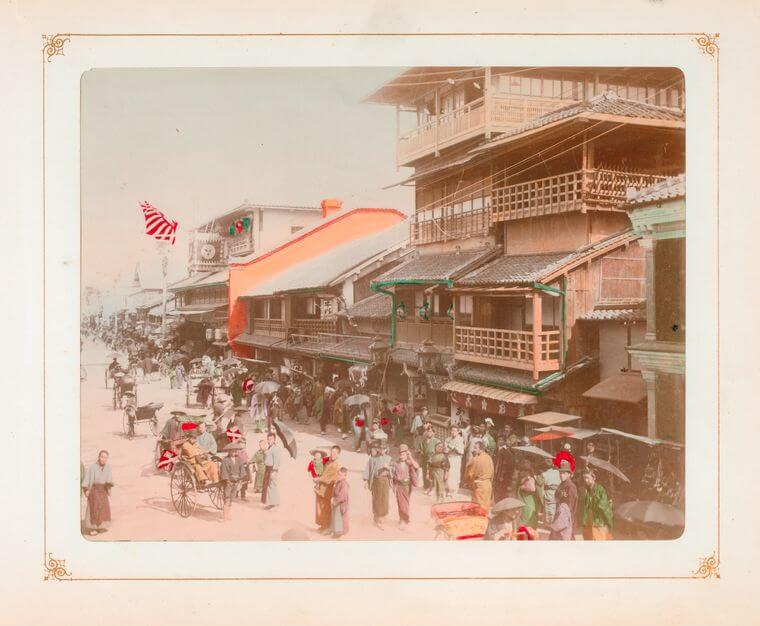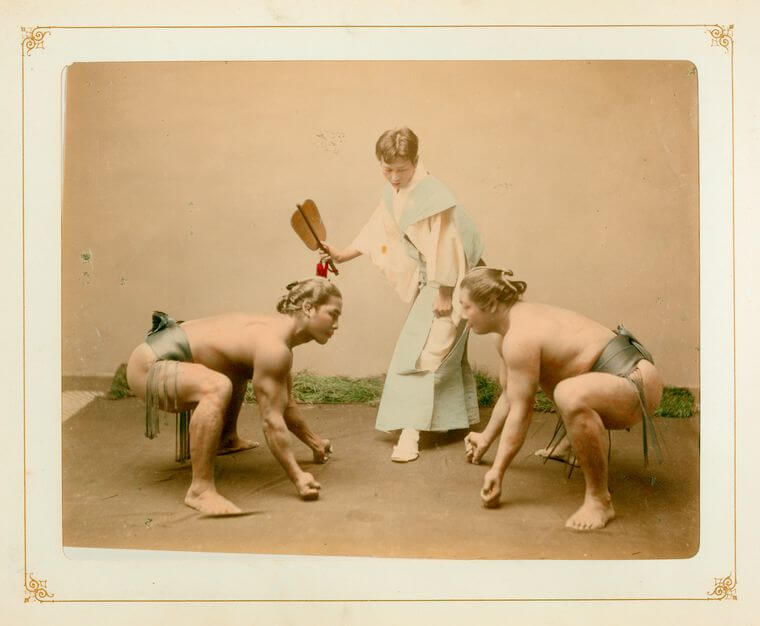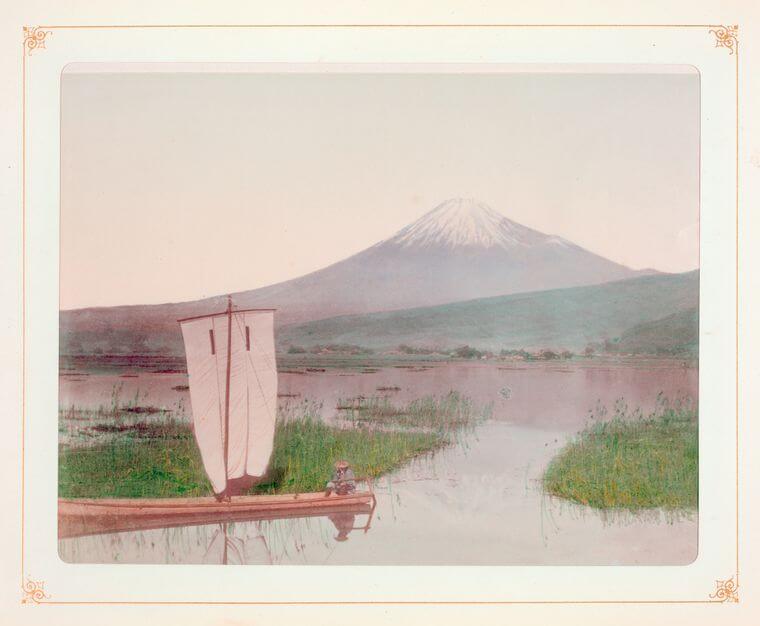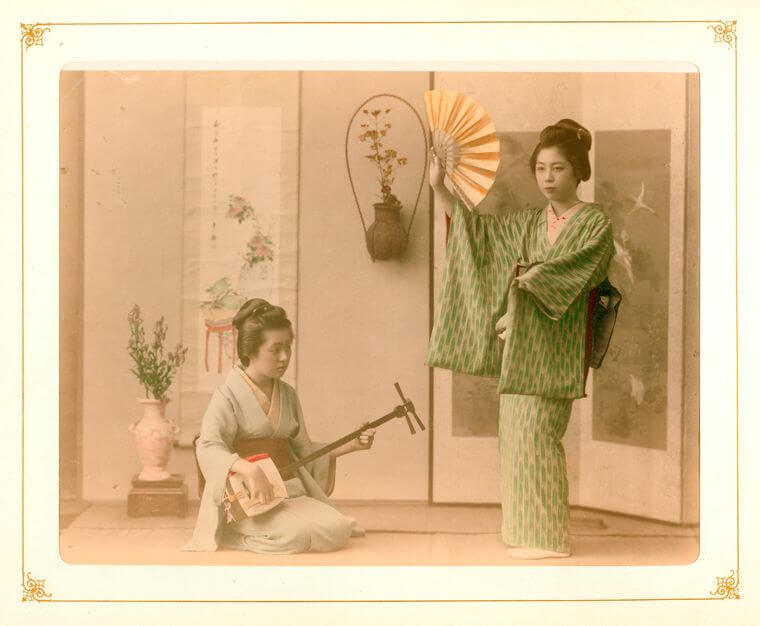The First Postcards from a Japan Previously Closed to Foreigners
Japan opened up to the rest of the world in the 19th century after previously having only been discovered through hand-coloured photographs.

© Photography Collection The New York Public Library
Over two and a half centuries, Japan adopted an isolationist policy known as sakoku which literally means ‘locked country’. It was established during the Edo period (1650-1842) by the shogun (‘general’ in Japanese) Iemitsu Tokugawa. Thus, the residents were banned from leaving the island on pain of death, while foreigners were not welcome on Japanese territory.
This voluntary reclusion was perceived as an obstacle to the development of global commerce and the United States called for commercial relations to be opened. In 1858, faced with the threat of a potential conflict, feudal Japan signed the Harris Treaty, also known as the Treaty of Amity and Commerce, with the New World. After this, westerners partially made their entrance in this formerly impenetrable country, bringing cameras with them.
Images of a colourful culture
The end of the voluntary closure policy and the beginning of a frenetic period of modernisation of society was illustrated through the Meiji era (1868-1912). Ukiyo-e (Japanese prints engraved on wood) gave way to a new technology from France, photography. Initially reserved for the local nobility, this emerging art became more accessible thanks to the opening of studios specialising in photography, mainly run by westerners.
The growth of tourism triggered a promising market. Professional photographers like Felice Beato and Adolfo Farsari immortalised typical scenes that corresponded to westerners’ fantasised, picturesque image of Japan. Sumo wrestling, traditional temples, portraits of geishas (female companions who devote themselves to artistic practice)… For 50 yen (0.39 euros) for a souvenir pigmented photo of Japan, visitors could have evidence of their trip or offer a first glance of the country overseas. Hand-coloured on albumen paper, this kind of postcard now conveys the authentic image of an empire in the making with a desire for colonial conquests.
More information can be found on the New York Public Library website.

© Photography Collection The New York Public Library

© Photography Collection The New York Public Library

© Photography Collection The New York Public Library
TRENDING
-
The Tattoos that Marked the Criminals of the Edo Period
Traditional tattoos were strong signifiers; murderers had head tattoos, while theft might result in an arm tattoo.

-
Chiharu Shiota, Red Threads of the Soul
Last year, more than 660,000 people visited the retrospective 'Chiharu Shiota: The Soul Trembles' exhibit at the Mori Art Museum.

-
‘Before Doubting Others, Doubt Yourself. Who Can Truly Say a Dish Isn’t What It Used to Be?’
In ‘A Non-Conformist’s Guide to Surviving Society’, author Satoshi Ogawa shares his strategies for navigating everyday life.

-
The Story of Sada Yacco, the Geisha who Bewitched Europe
Described by Dazed magazine as the first beauty influencer, she has been restored to her former glory since 2019.

-
Ito Jakuchu's Naturalist Paintings
From 15 September until 14 October 2018, the Petit Palais showcased the artist's iconic ‘Images of the Colourful Realm of Living Beings’.





